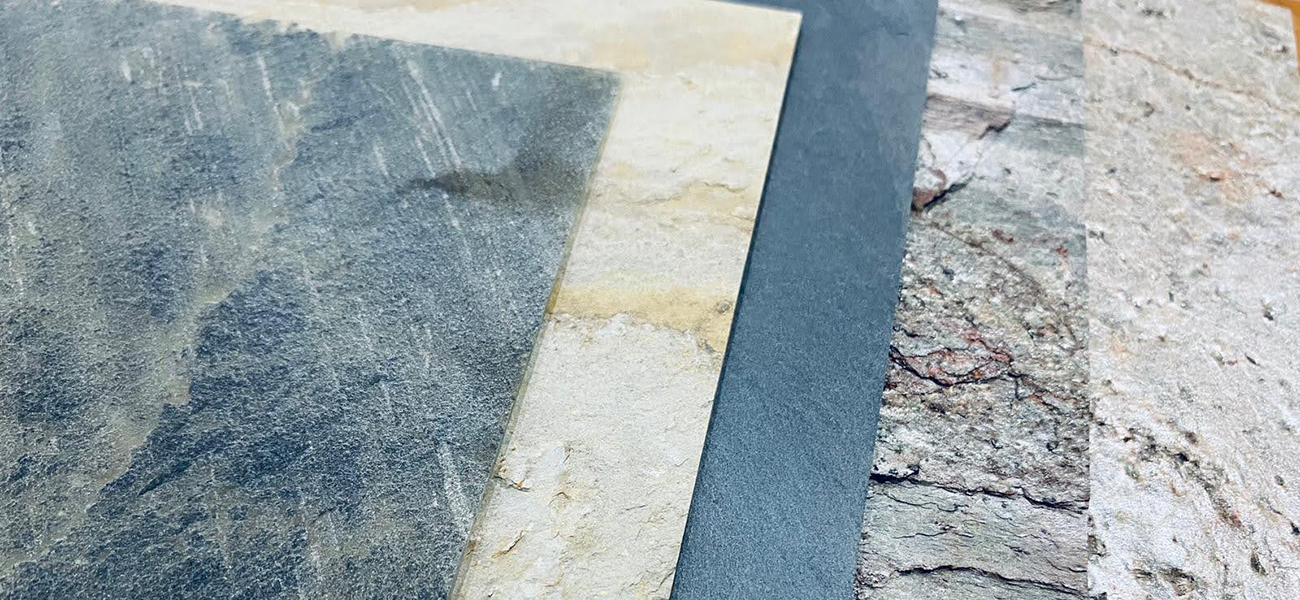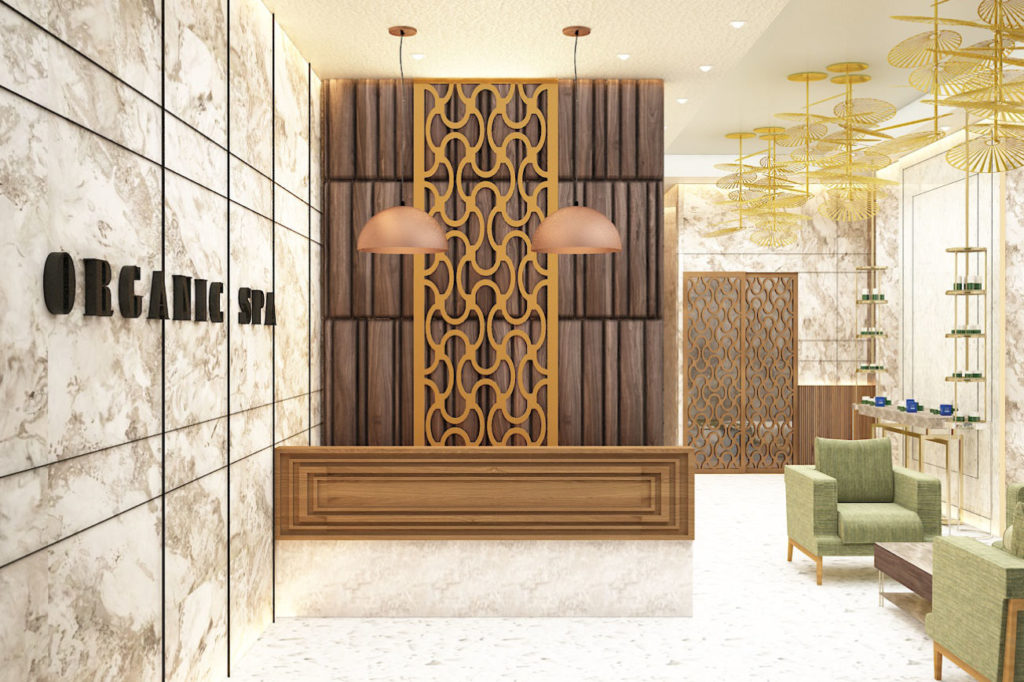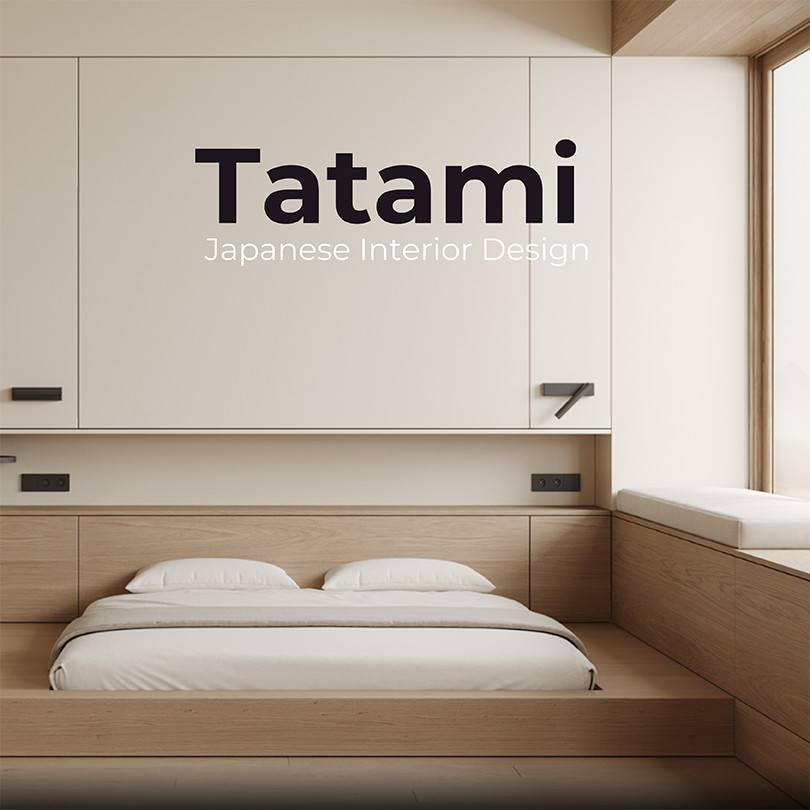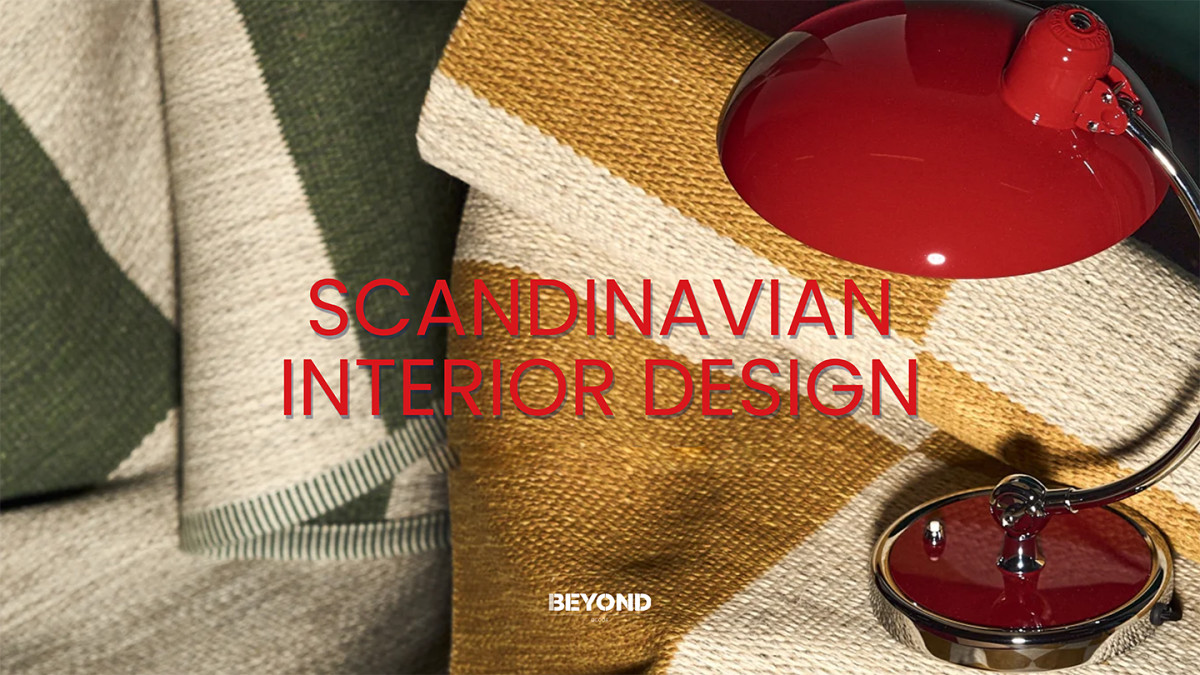
Natural Stone Veneer Basics
The word veneer is a generic term that refers to a facing material. When discussing a natural stone veneer, it’s the case that stone is attached to another material. While considering natural stone, there is the choice between full stone and a thin veneer. Important things to consider when making a decision are weight, longevity, durability, color, and texture.
Natural Stone Veneer Essentials
Natural stone veneer is real stone that has been collected or quarried and cut to a size for use as a veneer or other purposes. Every stone is different and natural stone offers a myriad assortment of colors, veining, and edging. This allows for many creative design and pattern options.
Veneers made of natural stone can be used both for interior and exterior purposes. However, you’ll want to ensure the veneer being used is suitable to the application. For example, an interior stone veneer isn’t suitable for exposure to the elements.

Why Not Dimensional Stone?
Simply put, dimensional stone is thicker, heavier, and more expensive than a thin veneer. The reason the lightweight approach of the stone veneer is because it’s easier to handle and can be more easily trimmed and set. It’s also cheaper and frees up funds for other items. Of course, when possible, some clients like having the knowledge of the solidify that comes with a full veneer.

Summary
Stone materials are diverse and offer excellent opportunities to create a unique and personal vision. Almost any pattern can be formed ranging from brick stone to imaginative and free flowing customizations. A high quality stone veneer used as a modern wall facing, stove hood, or outdoor patio can make a space have just the right look and feel.
If you’re uncertain about what you can do with a natural stone veneer and what materials are most suitable for your vision, feel free to contact the experienced Beyond Decor team for advice.






